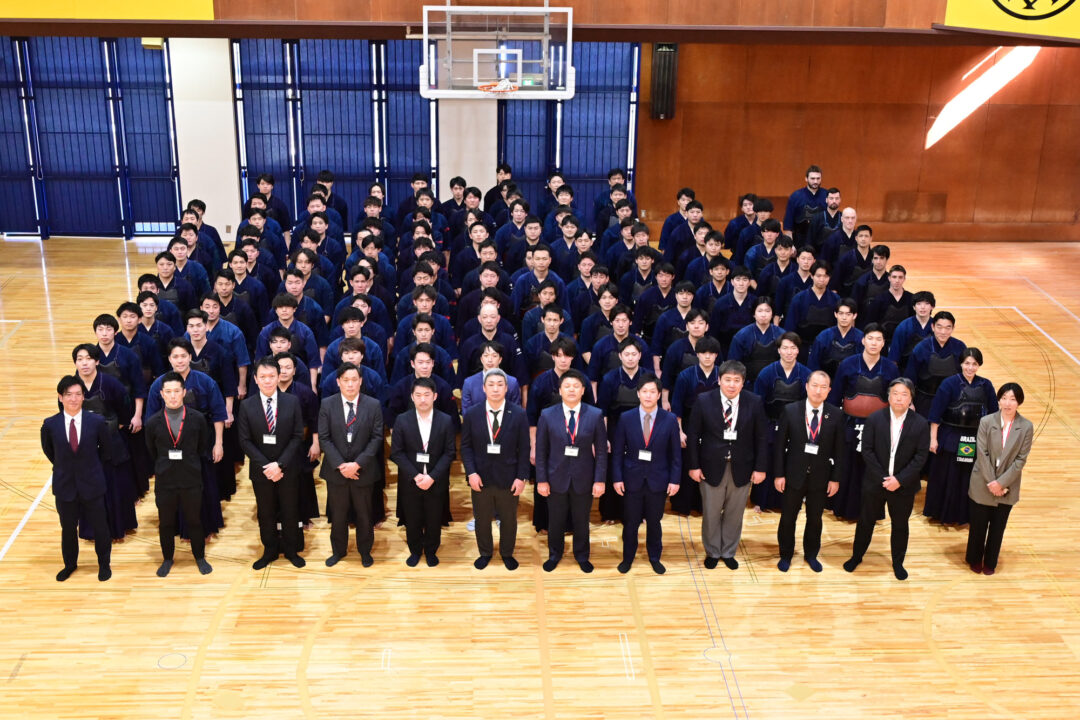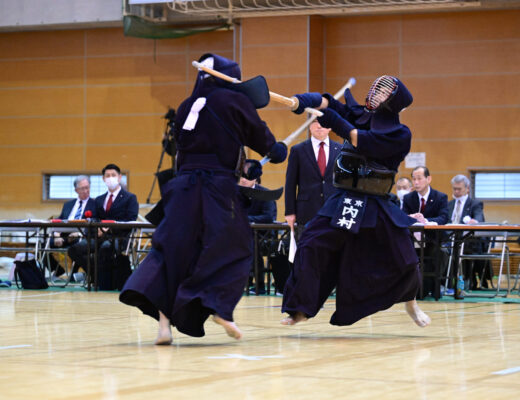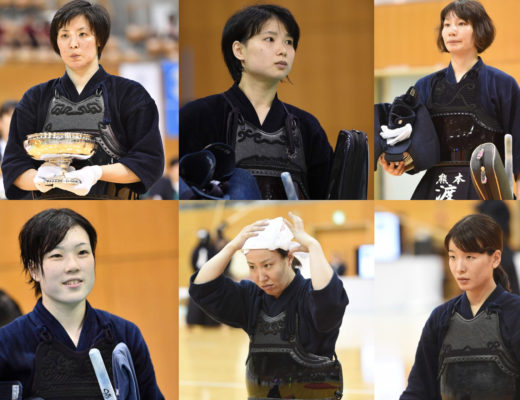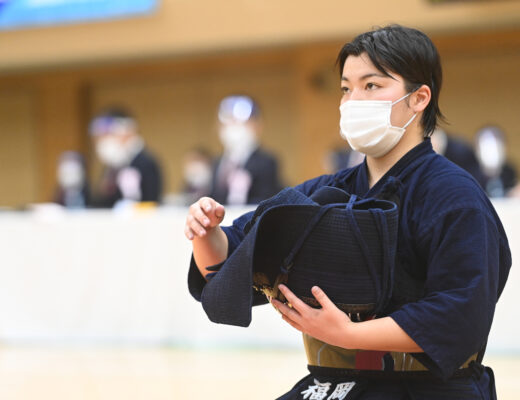2023.5 KENDOJIDAI
The new and highly anticipated Samurai League has been launched. The league is centered on corporate teams, and is a bit different from conventional tournaments. We asked Miyahara Tadashi, the president of RF Technica, about the background of the league’s establishment and its future prospects.
Composition: Teraoka Tomoyuki
Photography: Nishiguchi Kunihiko
Translation: Pepijn Boomgaard
Miyahara Tadashi
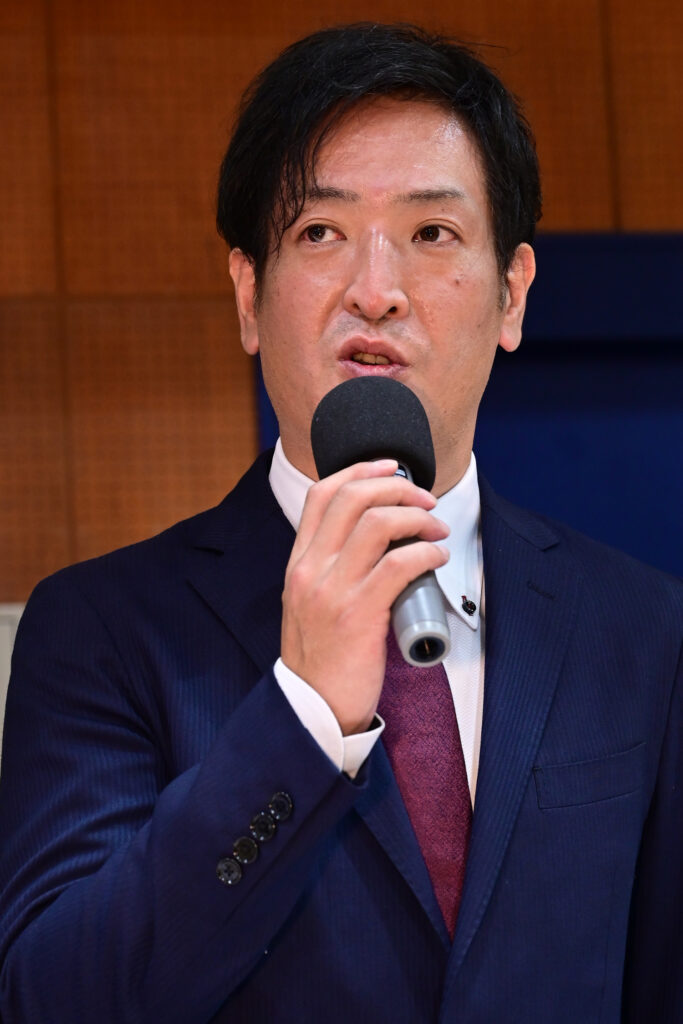
http://rftecnica.com/
I want to make Kendo a sport with potential
Please tell us how the league was established.
Miyahara: From my childhood to university, I have been doing Kendo with the aim of becoming the best in Japan. I took a brief hiatus, and then resumed Kendo after starting my own business. After having gained experience in the corporate world, I felt a sense of discomfort as I took a new look at Kendo. First and foremost was the lack of recognition Kendo gets. Through my own experiences, I know how wonderful the martial art of Kendo can be. However, people who don’t practice Kendo don’t know a single Kendo player. There is also the decrease in the number of Kendo practitioners, as well as the poor treatment of Kendo during the COVID-19 pandemic. My desire to change this situation is what led me to establish the league.
Why is it that kendo, with such a long history, is so little recognized by the general public?
Miyahara: I believe that poor publicity is at the root of the problem. Only a part of the All Japan Championship is televised, and our most important tournament, the All Japan Corporate Tournament, does not even make the news. There is no opportunity for people to learn about Kendo in this situation, and there is no surprise that the Kendo population is rapidly decreasing. I want to make Kendo a sport with potential. To do this, we need to promote the excellence of current Kendoka. I hope the inauguration of this league will bring us one step closer to achieving this.
How much time was needed to prepare for the tournament?
Miyahara: It took two and a half years from the conception to today. I consulted with Kendo Jidai’s editor-in-chief Kobayashi, and proposed the idea to the companies. It started when people listened to my thoughts and ideas. I feel now that we have finally reached the point where we can hold the tournament. I wanted to make it the best we could, so we ran a test tournament to make sure that everything was in order.
What were the reactions when you proposed the idea to the companies?
Miyahara: Many company representatives said they liked the idea and would definitely like to participate. However, we had to get approval from the companies. In the end we managed to get everyone to cooperate and agree to participate as a company.
The league is called the Samurai League. What is the meaning of this name?
Miyahara: Because we wanted to increase the recognition of Kendo, we thought that I was important to reach the whole world. For people outside of Japan, “samurai” and “ninja” are keywords. The word “samurai” is easily associated with Kendo, so we thought it was the perfect name.
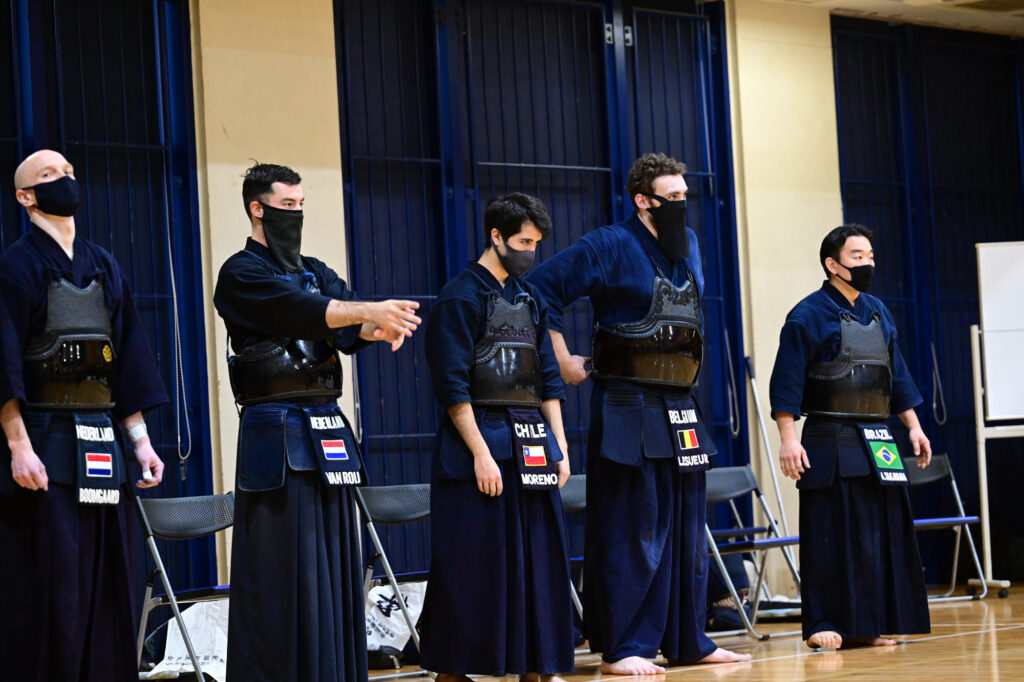
One of the features of this league is the adoption of video confirmation, which was also a hot topic at the soccer World Cup. I think that this was a controversial decision in the Kendo world. Why did you decide to adopt video confirmation?
Miyahara: First of all, I like to state that this video confirmation is not a criticism of the current referring system. Normally, referees are dispatched by the All Japan Kendo Federation to officiate at major tournaments. However, since this was the first time the league was held, we decided to have the participating teams take turns officiating. So it is difficult to have high ranking Sensei do the refereeing. Nevertheless, since this is still an official tournament, we decided to incorporate video confirmation to ensure that the judgements are fair. Another purpose of the tournament was to provide young players from corporate teams, who do not have many opportunities to referee, with the chance to practice refereeing and experience how referees see their matches. We also wanted to use video confirmation to verify whether our judgments were correct or not. Of course, we cannot judge the validity of an Ippon by video confirmation alone, but we can see whether the strike hit the correct striking area.

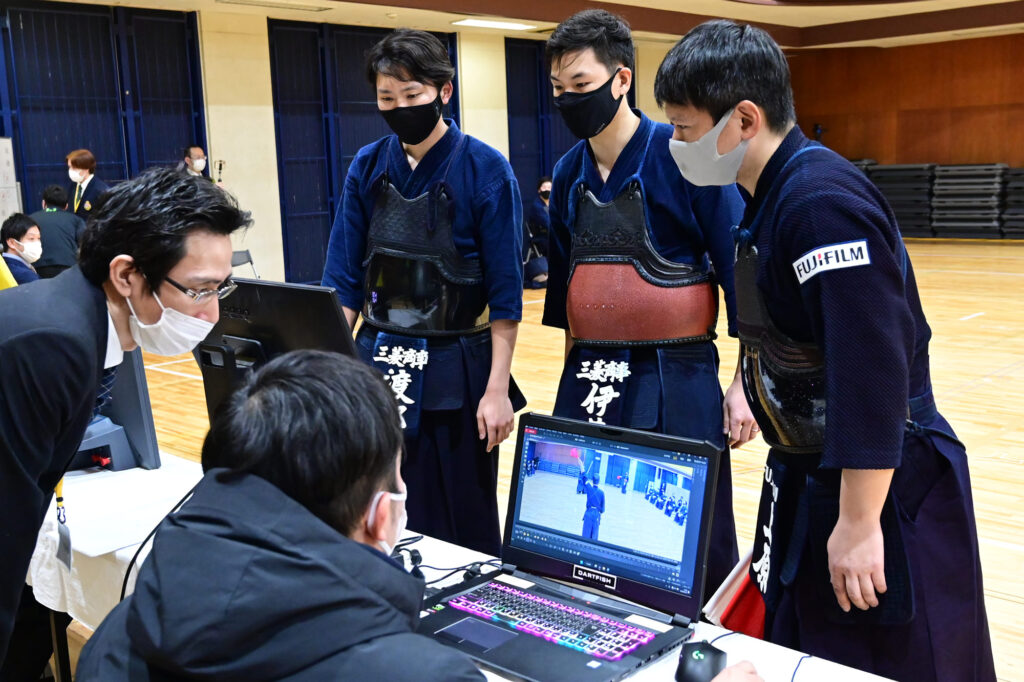
Another major feature was the introduction of decisions in the team competition.
Miyahara: By eliminating draws, we hope to see more aggressive matches. This might improve the win-at-all-costs mentality. In addition, we want to introduce the sport to people who don’t practice Kendo. If all the matches end in draws, no one will want to watch it. In order to increase the number of Kendo fans, we need to show matches of which you can’t miss even a second, so we decided to introduce the decision system.
So you want to make it so that even people who have never heard of Kendo can become fans at first sight?
Miyahara: Yes. My personal theory is that sports that are easy to understand and have recognizable heroes will continue and develop further. For this reason, I would like to increase the exposure of the players as much as possible. The Samurai League plans to release matches one by one on a video distribution site. We are also thinking of adding commentary to the matches. We hope you look forward to it.
Do you believe that people all over the world who do not practice kendo will watch the tournament?
Miyahara: You could call it confidence. We have hope. We had so many companies participate, and I believe that if we continue to improve, we will be able to achieve the results we are looking for.
Now that the tournament has ended, what is your immediate reaction and what is your outlook for the future?
Miyahara: This may be a little off topic, but I think that Kendo is not all about matches and winning. Rather, I believe that daily training and human development are important. I believe that kendo is a struggle against oneself, a way to create a connection that goes beyond age, gender, and nationality. A place to discipline oneself without any ties. And I love it. I strongly hope that more people and children will learn about kendo. I want to spread it.
I am very happy to have held the tournament today. We have finally made it to the starting line. It is like lining up before a team match in Kendo. The real work is yet to come. The important thing is how we deliver it to the public. Depending on the response, we will see what we can do in the future. If we can gather sponsors, we might be able to hold the event at a larger venue. Also, although the tournament was held in Tokyo this time, we are considering holding it in other locations throughout Japan.
What is your ultimate goal?
Miyahara: The main goal is to increase the kendo population and the number of kendo fans. In the future, we hope to have a professional league. I would be happy if we can provide another option for Kendoka to continue Kendo throughout their lives. If we can hold the event three or four times a year, and if we can attract more fans and get on TV, this does no longer need to just be a dream. There are other sports and martial arts that are like this. However, I also believe that we have to do it now. If the Kendo population decreases even more, we won’t make it in time. That’s why I, as a fan, have great expectations for the future of the Samurai League.
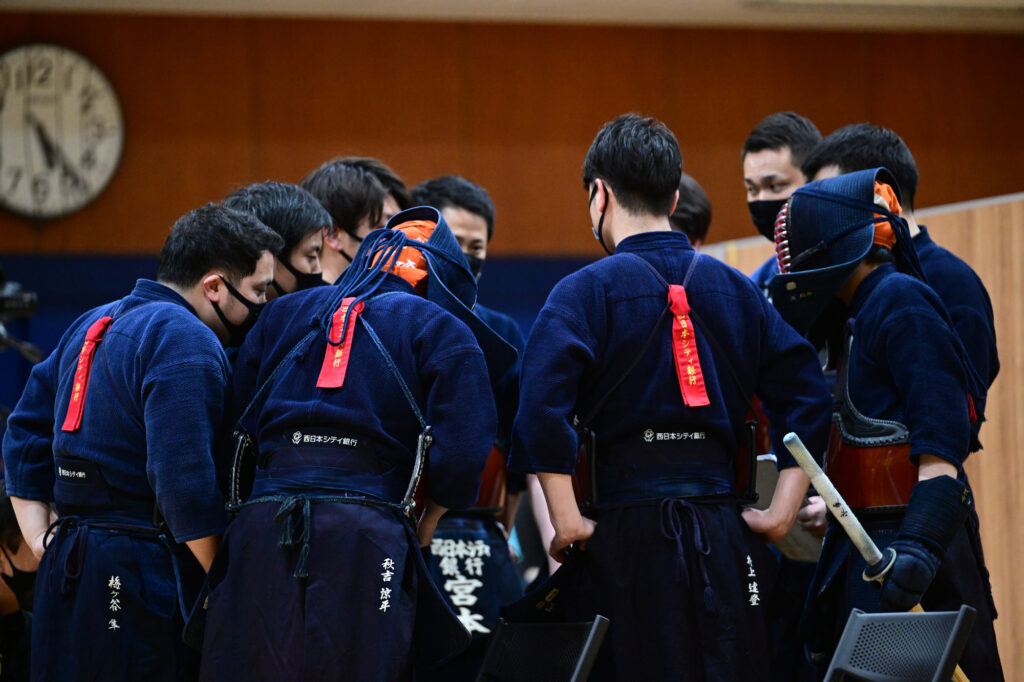
We look forward to your future endeavors. Thank you very much for your time today.
Miyahara: We will do our best to meet your expectations. Thank you very much.

